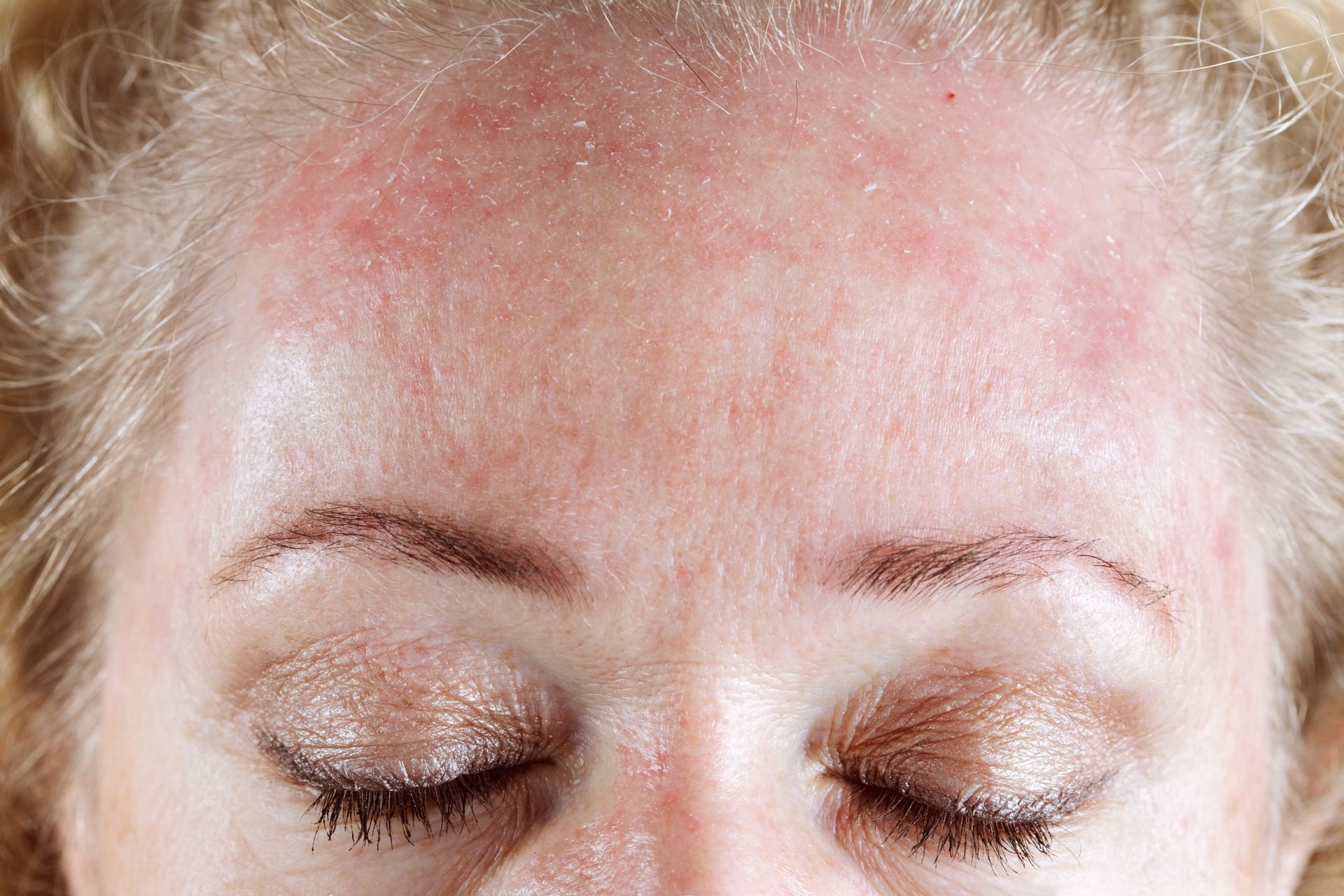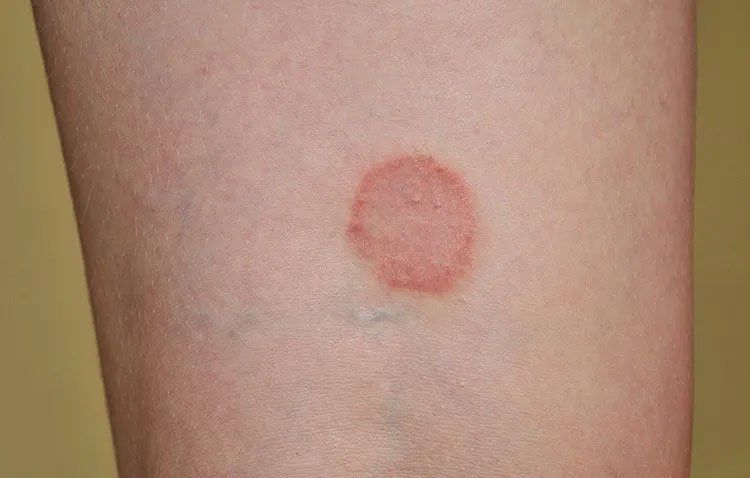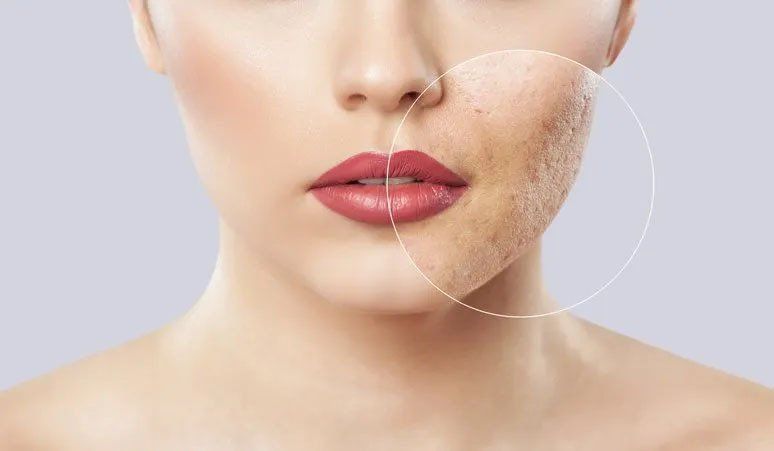Skin Cancer Prevention and Detection
December 11, 2019
Skin Cancer Prevention and Detection
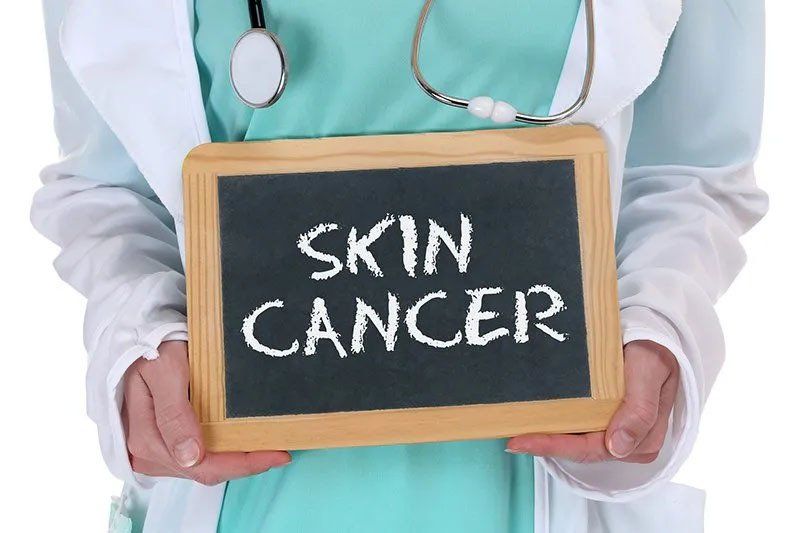
Skin cancer is the most common cancer in the United States, affecting one in five people in their lifetime, according to the American Academy of Dermatology. While some types of skin cancer can be treated effectively, other types, particularly melanoma, can often be fatal. Take steps to prevent skin cancer and reduce your risk.
Sun Exposure
Sun damage is the main preventable cause of most skin cancers. You should limit your exposure to reduce your risk. UV radiation is at its highest during the sunniest parts of the day, from about 10 a.m. to 2 p.m.
If you can, stay out of direct sunlight during these hours whenever possible, especially during the late spring and summer months when the sun is at its most intense.
Seek shade often when you have to be outside for a long time. Wear protective clothing, such as long sleeves, pants, and wide-brimmed hats. Put gloves on when you garden or do yard work to protect your hands.
Sunscreen
Wear sunscreen on any exposed skin daily. Apply sunscreen even when the weather is overcast and when you'll be inside most of the day. Some UV rays can penetrate clouds and window glass, so your skin can still be damaged even when you're not outside in direct sunlight.
Broad-spectrum sunscreen protects from both UVA and UVB rays. Choose one with a sun protection factor (SPF) of at least 15.
Your sunscreen is only as good as your application, and many people don't use enough sunscreen to get the advertised protection. Use at least a nickel-sized squirt of sunscreen on your face and ears alone.
If you wear a moisturizer or makeup with SPF, consider it extra protection. You should still apply a dedicated sunscreen under your other skincare and makeup products because you may not apply enough face lotion or makeup to get the advertised protection.
Apply about two tablespoons of sunscreen to your body - about as much sunscreen as it would take to fill a standard shot glass.
Apply your sunscreen at least 30 minutes before you'll be exposed to the sun to maximize your protection. You should reapply your sunscreen at least once every two hours when you're in the sun.
Eye Protection
Even your eyes need protection from the sun. Choose a pair of sunglasses that block UVA and UVB rays with lenses large enough to cover your entire eye area. Consider wrap-around styles for extra protection for the edges of your eyes, especially if you spend a lot of time outside in the sun during the midday hours.
Indoor Tanning
Though many indoor tanning beds and booths claim to be safer than the sun, they still use UV light, which emits radiation and can damage your skin cells. Avoid any indoor tanning devices that use UV rays to tan the skin.
Choose a tanning spray or lotion if you want to darken your skin tone without increasing your risk of UV damage and skin cancer.
Detection
Many types of skin cancer are treatable, especially if they're detected early. Examine your skin for changes at least once a month and make an annual appointment with your dermatologist for a full skin check.
Monitor your skin for moles, sores, or any new growth on your skin - a dermatologist should examine any of these changes.
Look for moles that have potential signs of melanoma. You can remember the signs by remembering A-B-C-D-E.
- A is for asymmetrical. If your mole or sore doesn't look the same on both sides, you should see your dermatologist.
- B is for border. Many melanomas have jagged or irregular borders rather than a smooth outline.
- C is for color. Check for uneven coloring or spots of discoloration.
- D is for diameter. Any mole that is larger than the size of a small pea should be checked by a doctor.
- E is for evolving. A mole or spot that changes size, shape, or appearance could point to skin cancer.
Spartanburg Dermatology & Skin Surgery Clinic, P.C., serves customers in Spartanburg, South Carolina, and the surrounding upstate areas. Contact us
today to schedule an appointment.
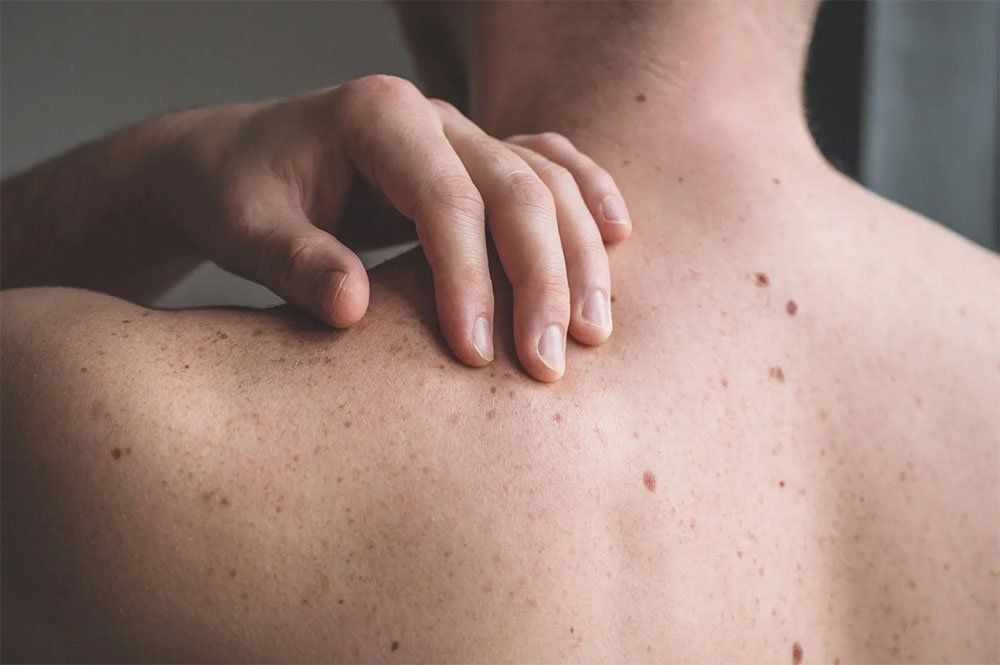
Your body is protected by your skin, which helps prevent damage to internal tissues and infection. However, the skin isn't impervious to disease and infection, and skin conditions are common at all stages of life. If you would like to learn more about your skin, check out these four skin diseases and conditions that are common in adults.
Skin tags develop in almost one-half of the adult population. While these elevated skin growths don't pose any significant health hazards, they can prove both uncomfortable and embarrassing, depending on their location. Fortunately, a qualified dermatologist can remove your unsightly skin tags safely and easily.
Lines around the eyes are almost impossible to hide. Makeup can sometimes make them more noticeable, and sunglasses are not acceptable to wear everywhere. A more effective solution is to learn the little habits that cause the lines to begin or worsen existing wrinkles. Additionally, use these four inexpensive and easy ways to reduce the risk of crow's feet and fine lines.
Lupus is an autoimmune disorder. If you have lupus, your immune system targets your tissue and organs. Unfortunately, you may suffer from skin rashes as your immune system attacks your skin. In fact, skin problems occur in 66 percent of patients with lupus, as noted by the Lupus Foundation of America. Fortunately, a dermatologist can help you combat the skin issues that arise from this disorder.

